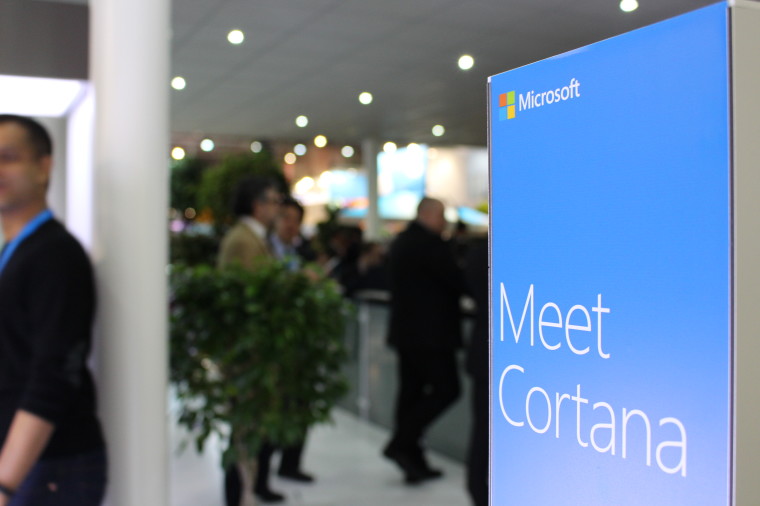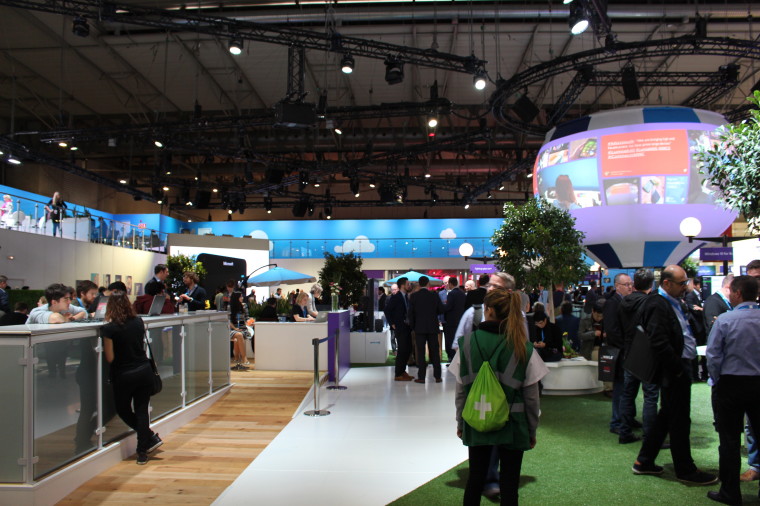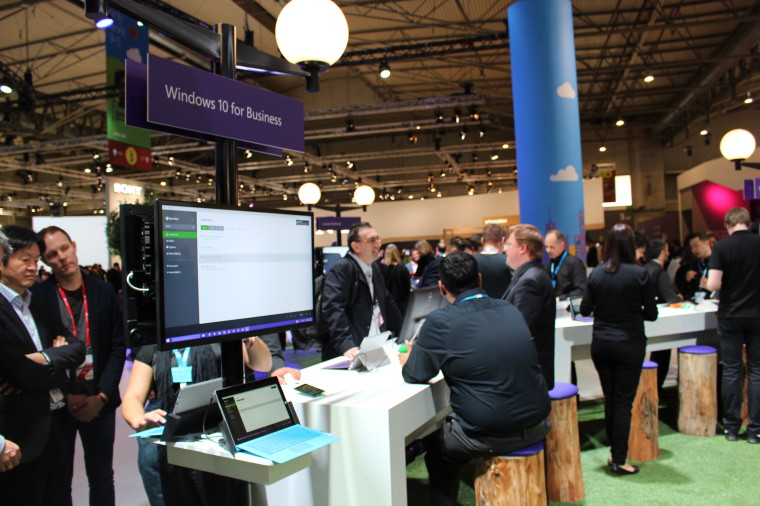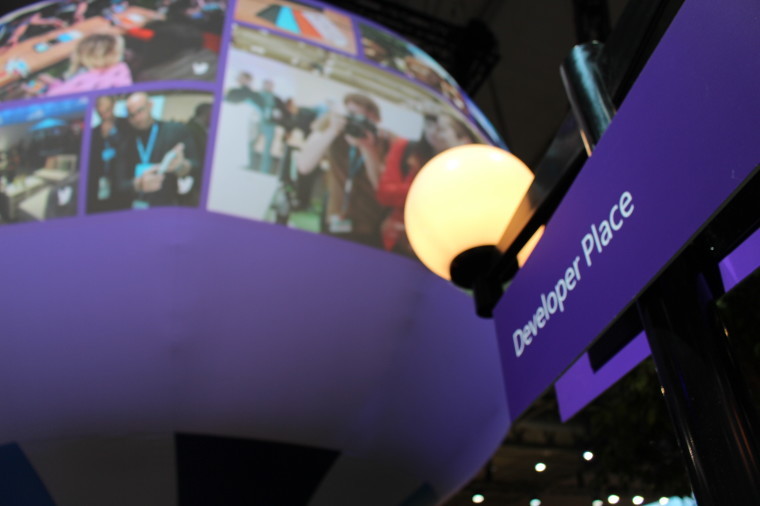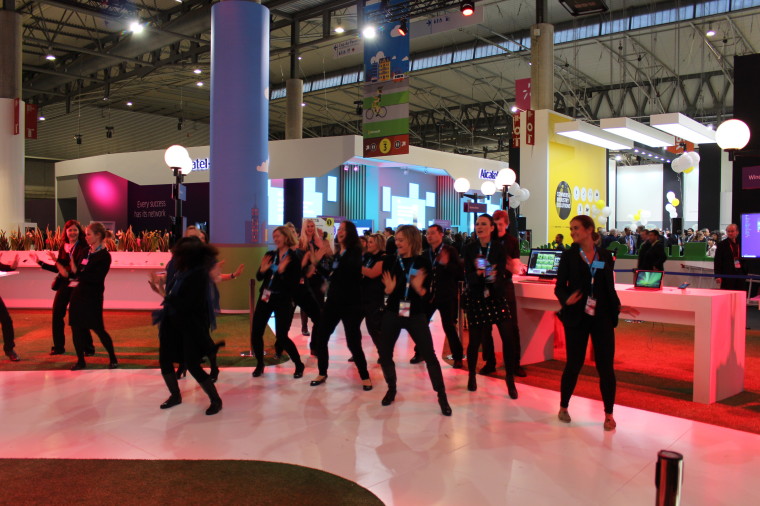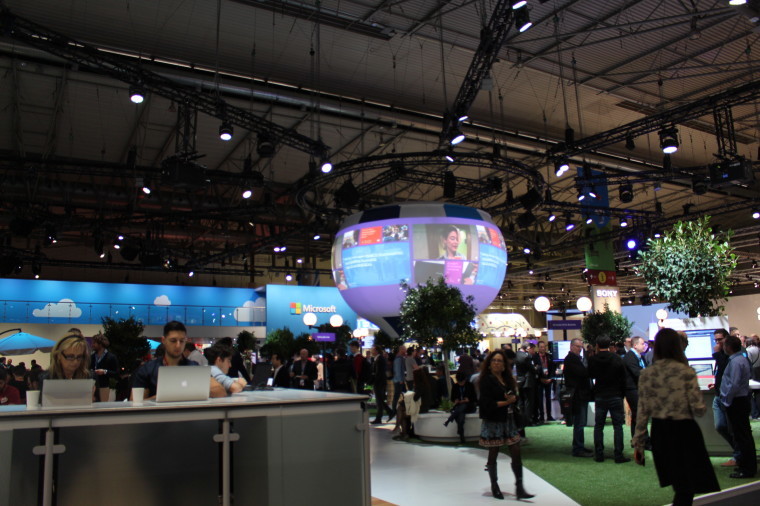 Microsoft Windows has seen ten major versions since its first release
in 1985. Over 30 years, Windows evolved to look very different while
retaining a degree of familiarity.
Microsoft Windows has seen ten major versions since its first release
in 1985. Over 30 years, Windows evolved to look very different while
retaining a degree of familiarity.The evolution of Windows is both a reflection on computing power of that generation and the dominant input devices, be it a mouse and keyboard earlier and a touchscreen now.
Here’s a brief look at the history of Windows:
Windows 1

The original. This is where it all began. The original Windows 1 was released in November 1985 and was Microsoft's first attempt at a graphical user interface.
Windows 1 ran on top of the then dominant operating system, Microsoft's DOS, which relied on command-line input. Windows 1 was one of the first software to heavily rely on mouse control before the mouse was a common input device.
Windows 2

Arriving two years after the release of its predecessor in December 1987, Windows 2 introduced features like the ability to minimise or maximise windows and allowing different windows to overlap each other. Windows 2 introduced the control panel, where system settings and configuration options resided. It also introduced the world to Microsoft Word and Excel.
Windows 3

Windows 3 launched in 1990 and was the first version of the OS to see widespread success and be considered a challenger to Apple’s Macintosh and the Commodore Amiga graphical user interfaces, coming pre-installed on computers from PC-compatible manufacturers.
It introduced the ability to run MS-DOS programmes in windows, which brought multitasking to legacy programmes, and supported 256 colours, bringing a more modern, colourful look to the interface.
It also introduced the world to one the most iconic timesink ever created, Solitaire.
Windows 95

Windows 95 launched in August 1995 and brought with it the start button and start menu.
Its big push was “plug and play” – connect a peripheral and the operating system finds the appropriate drivers for it and makes it work. That did not pan out as expected and led to millions of “plug and pray” jokes.
Internet Explorer too made its debut on Windows 95.
Windows 98

Released in June 1998, Windows 98 built on Windows 95 and came with Internet Explorer 4, Outlook Express, Microsoft Chat and eventually Windows Media Player.
It introduced the back and forward navigation buttons and the address bar in Windows Explorer, among other things.
USB support was much improved in Windows 98 and led to its widespread adoption, including USB hubs and USB mice.
Windows ME

Released in September 2000, Windows Millennium Edition (ME) was the last Windows to be based on MS-DOS, and the last in the Windows 9x line.
Considered the worst version of Windows ever, ME was the consumer-aimed operating system twinned with Windows 2000 that aimed at the enterprise market. It introduced some important concepts to consumers, including more automated system recovery tools.
IE 5.5, Windows Media Player 7 and Windows Movie Maker all made their appearance for the first time. Auto-complete also appeared in Windows Explorer, but the operating system was notorious for being buggy, failing to install properly and being generally poor.
Windows 2000

The enterprise twin of ME, Windows 2000 was released in February 2000 and was based on Microsoft’s business-oriented system Windows NT that later became the basis for the much more successful Windows XP.
Windows 2000 was the first time that Microsoft offered automatic updates and it was the first Windows to support hibernation.
Windows XP

Released in October 2001, Windows XP was a product of a Microsoft at the peak of its powers.
The start menu and task bar got a visual overhaul, bringing the familiar green start button, blue task bar and vista wallpaper, along with various shadow and other visual effects.
Windows XP was the longest running Microsoft operating system, seeing three major updates and support up until April 2014 – 13 years after its original release. Windows XP was still used on an estimated 430 million PCs when it was discontinued.
But its huge popularity turned out to be a boon for hackers and criminals, who mercilessly exploited its flaws, especially in Internet Explorer.
Windows Vista

Windows XP was replaced by Windows Vista in January 2007. Vista updated the look and feel of Windows with focus on transparent elements and search and security. Its development was long and troubled, with ambitious elements abandoned in the final release.
It was buggy and burdened the user with hundreds of requests for app permissions under “User Account Control” – the outcome of XP’s security problems. It also ran slowly on older computers despite them being deemed as “Vista Ready”.
Windows Media Player 11 and IE 7 debuted, along with Windows Defender, an anti-spyware programme. Vista included speech recognition, Windows DVD Maker and Photo Gallery, and was the first Windows to be distributed on DVD.
Windows 7

Windows 7 was released in October 2009 following the lukewarm response to the buggy Windows Vista. It was intended to fix all the problems and criticism faced by Vista, with slight tweaks to its appearance and a concentration on user-friendly features and less “dialogue box overload”.
It was faster, more stable and easier to use, becoming the operating system most users and businesses would upgrade to from Windows XP, forgoing Vista entirely.
Windows 8

Released in October 2012, Windows 8 was Microsoft’s most radical overhaul of the Windows interface. In an effort to bring Windows into the post-PC world dominated by touchscreen smartphones and tablets, Microsoft ditched the start button and start menu for a more touch-friendly start screen.
The new tiled interface saw programme icons and live tiles, which displayed information normally associated with “widgets”, replaced the lists of programmes and icons. A desktop was still included, which resembled Windows 7.
The radical overhaul led to a fallout with loyal Windows users. Microsoft's attempted to walk a fine line between touchscreen support and the traditional mouse and keyboard and somewhat failed on both fronts.
Windows 10

Released on July 29, 2015, Windows 10 is a sharp U-turn from its predecessor, bringing back the start menu and more balance to traditional desktop computer users.
It was released as a free upgrade to all users with legitimate copies of Windows 7 and Windows 8.1.
A major feature called Continuum introduced the ability to switch between a keyboard and mouse mode and a tablet mode, for those computers like the Surface Pro 3 with a detachable keyboard.
In an effort to recapture the web browser market it ceded to Google Chrome, Windows 10 comes with a new browser called Edge, which allows users to annotate web pages, save them to read later, or select "read mode" to strip out adverts and sidebars.
Windows 10 comes with Microsoft's virtual personal assistant, Cortana, which pops up with notifications and suggestions, and learns the user's preferences over time. Cortana responds to voice commands similar to Apple's Siri and has been touted as one of the core features of Windows 10.














